Indoor gardening is a great way to enjoy the benefits of nature, fresh produce, and beautiful flowers without having to worry about the weather, pests, or space limitations. However, indoor gardening also comes with its challenges and requires some special care and attention. In this article, we will share some tips and tricks for making the most of your indoor garden and keeping your plants healthy and happy.
Choose the Right Plants for Your Indoor Garden
The first step to creating a successful indoor garden is to choose the right plants for your space, light, and climate. Some plants are more suited for indoor growing than others, and some may have specific needs that you need to consider. Here are some factors to keep in mind when selecting your plants:
Light: Different plants have different light requirements, ranging from low light to full-sun. You need to match your plants to the amount and quality of light that your indoor space can provide. For example, if you have a sunny windowsill, you can grow herbs, succulents, or citrus plants. If you have a shady corner, you can opt for ferns, orchids, or peace lilies. You can also use artificial lights, such as LED grow lights, to supplement the natural light and extend the growing season.
Space: Another factor to consider is the space that your plants will occupy and how they will fit in your indoor environment. Some plants are more compact and can be grown in small pots or containers, while others may need more room to spread their roots and branches. You also need to think about how your plants will interact with each other and with your furniture and decor. For example, you can use hanging baskets, wall planters, or shelves to save floor space and create a vertical garden. You can also group plants with similar needs and preferences to create a cohesive and harmonious look.
Climate: The climate of your indoor space can also affect the growth and health of your plants. You need to consider the temperature, humidity, and air circulation that your plants will experience and adjust accordingly. For example, if you have a dry and warm indoor space, you can choose plants that can tolerate low humidity and high temperatures, such as cacti, aloes, or palms. If you have a humid and cool indoor space, you can choose plants that prefer moist and mild conditions, such as ferns, begonias, or bromeliads. You can also use humidifiers, fans, or heaters to create a more suitable climate for your plants.
Provide the Right Care for Your Indoor Plants
Once you have chosen the right plants for your indoor garden, you need to provide them with the right care and maintenance to ensure their growth and well-being. Here are some tips and tricks for taking care of your indoor plants:
Water: Watering is one of the most important and tricky aspects of indoor gardening. You need to water your plants according to their needs and avoid overwatering or underwatering them. Overwatering can cause root rot, fungal infections, and pest infestations, while underwatering can cause wilting, yellowing, and dropping of leaves. To water your plants properly, you need to check the soil moisture regularly and water only when the top inch of soil feels dry to the touch. You also need to use the right amount and type of water for your plants. For example, you can use room-temperature water, filtered water, or rainwater to avoid shocking or harming your plants with cold, hard, or chlorinated water. You can also use a watering can, a spray bottle, or a self-watering system to deliver the water to your plants gently and efficiently.
Fertilizer: Fertilizing is another important aspect of indoor gardening that can boost the growth and health of your plants. You need to fertilize your plants according to their needs and avoid overfertilizing or underfertilizing them. Overfertilizing can cause leaf burn, nutrient imbalance, and salt buildup, while underfertilizing can cause stunted growth, poor flowering, and nutrient deficiency. To fertilize your plants properly, you need to use the right type and amount of fertilizer for your plants. For example, you can use organic or synthetic fertilizers, liquid or granular fertilizers, or slow-release or fast-release fertilizers, depending on the preferences and requirements of your plants. You also need to follow the instructions and recommendations on the fertilizer package and apply the fertilizer at the right time and frequency for your plants. Generally, you should fertilize your plants during their active growing season, which is usually spring and summer, and reduce or stop fertilizing during their dormant or resting period, which is usually fall and winter.
Pruning: Pruning is another important aspect of indoor gardening that can improve the appearance and health of your plants. You need to prune your plants according to their needs and avoid overpruning or underpruning them. Overpruning can cause stress, shock, and injury to your plants, while underpruning can cause overcrowding, legginess, and poor flowering. To prune your plants properly, you need to use the right tools and techniques for your plants. For example, you can use sharp and clean scissors, shears, or knives to make clean and precise cuts on your plants. You also need to know when and where to prune your plants. Generally, you should prune your plants when they are dormant or before they start a new growth cycle, which is usually in late winter or early spring. You should also prune your plants to remove dead, diseased, or damaged parts, to shape and train your plants, to encourage branching and flowering, and to control the size and spread of your plants.
Enjoy the Benefits of Your Indoor Garden
Indoor gardening is not only a fun and rewarding hobby, but also a source of many benefits for you and your home. Here are some of the benefits of having an indoor garden:
Fresh produce: One of the main benefits of having an indoor garden is that you can enjoy fresh, organic, and nutritious produce at your fingertips. You can grow your herbs, vegetables, and fruits and use them for cooking, baking, or juicing. You can also save money, reduce waste, and avoid pesticides and chemicals by growing your food.
Beautiful flowers: Another benefit of having an indoor garden is that you can enjoy beautiful, fragrant, and colorful flowers all year round. You can grow your flowers and use them for decorating, gifting, or crafting. You can also attract pollinators, such as bees and butterflies, and support biodiversity by growing flowers.
Improved air quality: Another benefit of having an indoor garden is that you can improve the air quality and freshness of your home. Plants can purify the air by absorbing carbon dioxide and releasing oxygen. They can also filter out harmful toxins and pollutants, such as formaldehyde, benzene, and xylene, which are often found in household products and furniture. By having plants in your home, you can breathe easier and reduce the risk of respiratory problems.
Reduced stress: Another benefit of having an indoor garden is that you can reduce stress and improve your mood and well-being. Plants can lower blood pressure, heart rate, and cortisol levels, which are associated with stress and inflammation. They can also increase serotonin and dopamine levels, which are neurotransmitters that regulate mood and happiness. By having plants in your home, you can enhance your mental and emotional state and boost your immune system.
Increased creativity: Another benefit of having an indoor garden is that you can increase your creativity and productivity. Plants can stimulate the senses and inspire new ideas and solutions. They can also improve your focus and concentration by reducing distractions and noise. By having plants in your home, you can improve your cognitive performance and unleash your creative potential.
Conclusion
In conclusion, having an indoor garden can provide you with many benefits for your health, happiness, and home. By choosing the right plants, providing the right care, and enjoying the benefits, you can make the most of your indoor garden and keep your plants healthy and happy. We hope this article has given you some tips and tricks for creating and maintaining your indoor garden. Happy gardening!

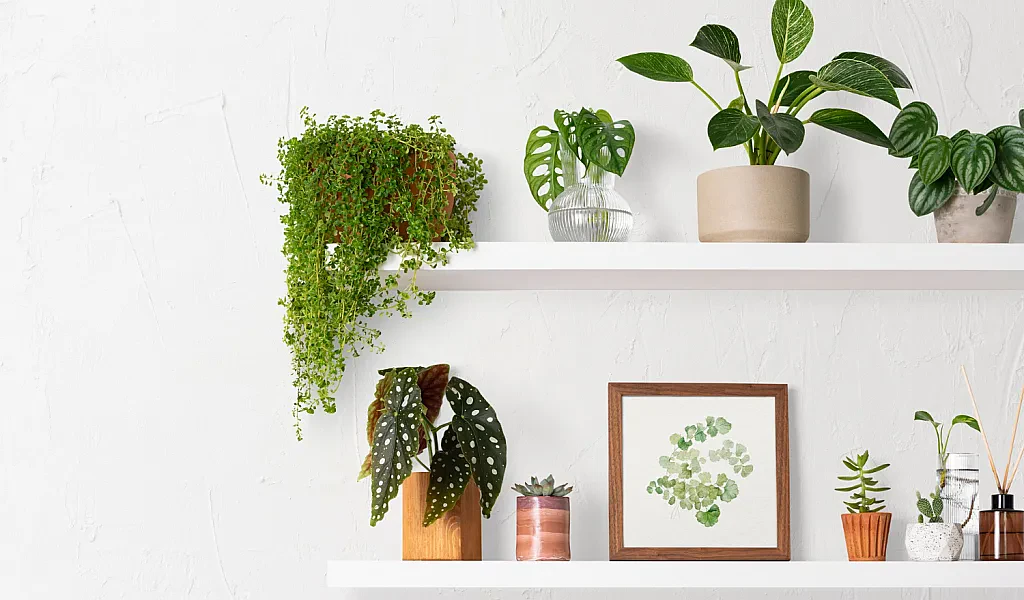
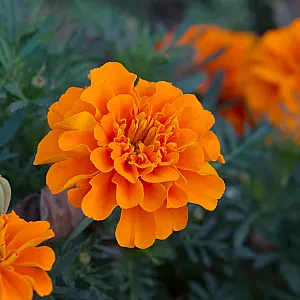
-thumb.webp)

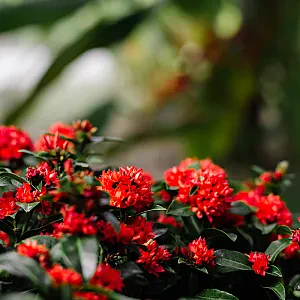

-thumb.webp)

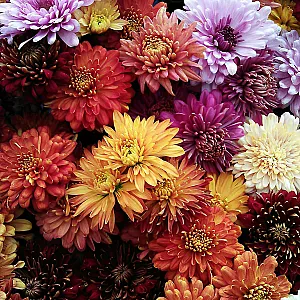
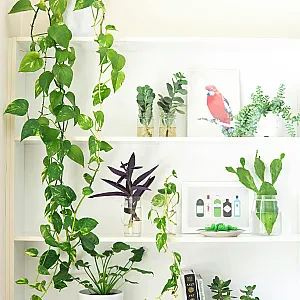

Comments